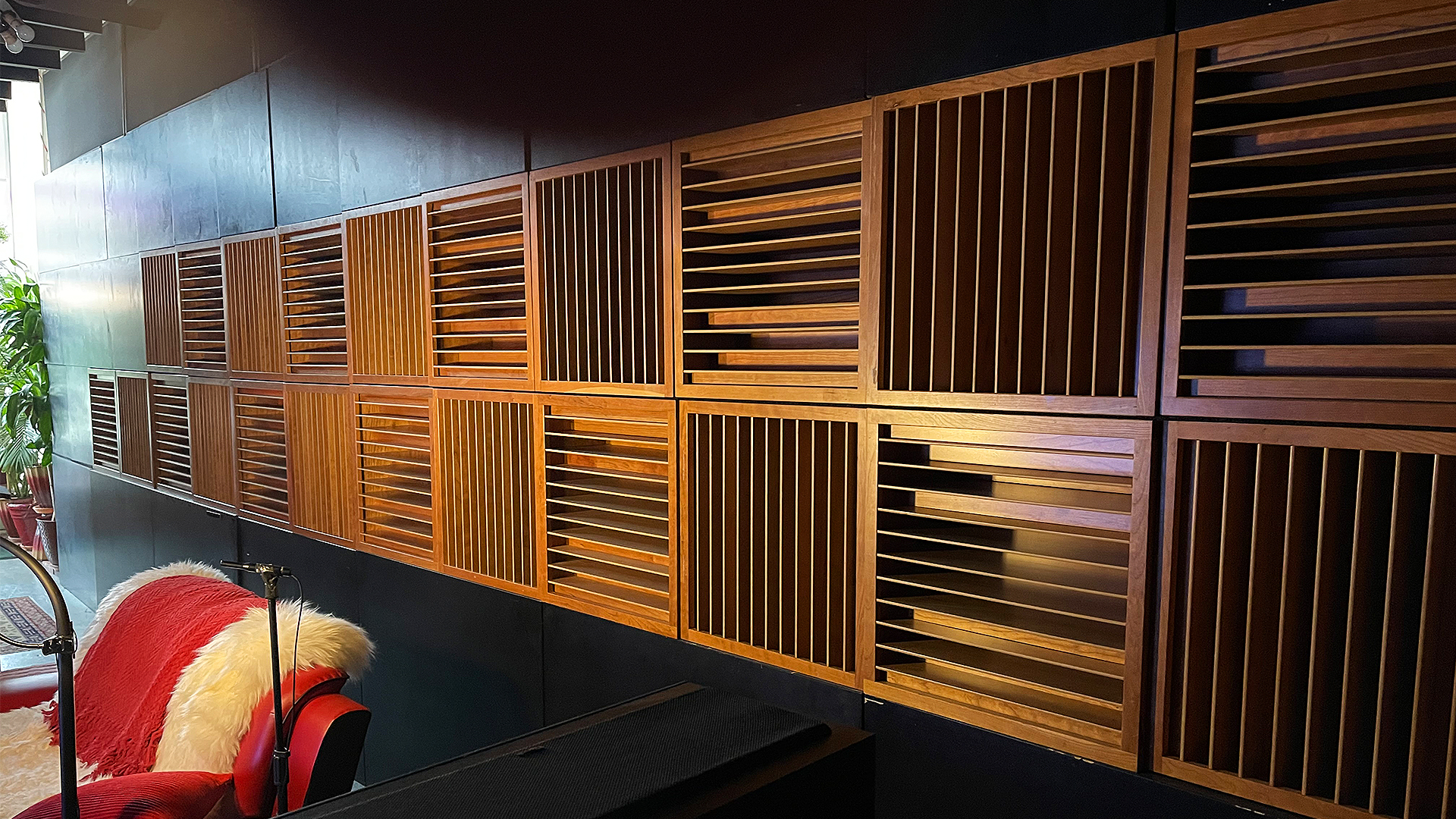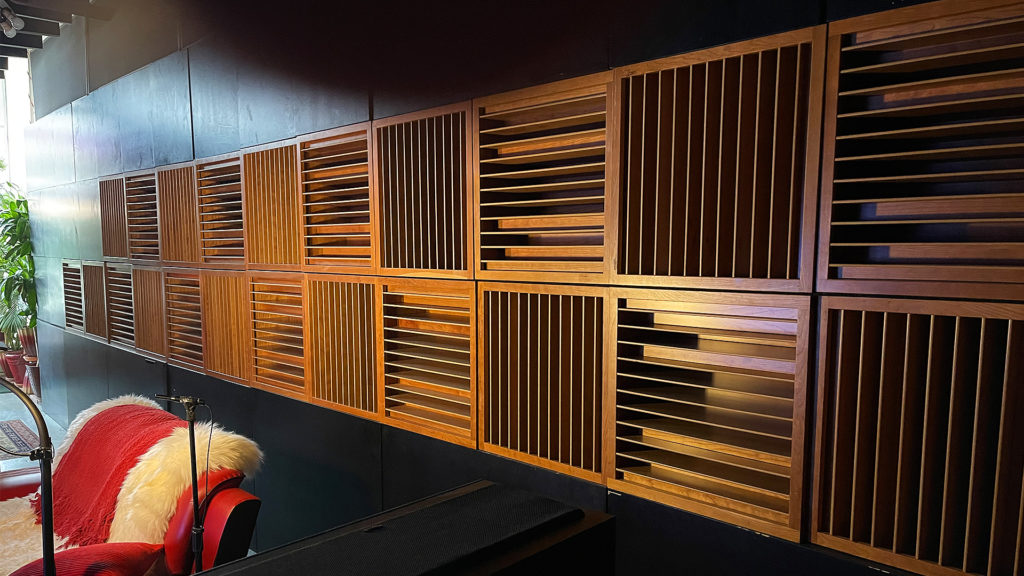
A sound diffuser is a technology to make a small room sound larger. A sound absorber is a technology to absorb excess energy at certain frequencies. When you consider a sound diffuser vs absorber, you must know many things before you decide on which treatment technology to use. The choice of a sound absorber vs a diffuser depends first on the usage of the room. https://en.wikipedia.org/wiki/Diffusion_(acoustics) What is the use of the room. Are you playing instruments, listening to music, or mixing separate tracks? The usage of the room is critical. Next in the sound diffuser vs absorber paradigm, you must take this usage and then define the room width, height, and length. Diffusion is a technology that requires a certain distance between the diffuser and the listener in order to work properly. Diffusers are like screwdrivers, you must select the proper tool for the particular job.
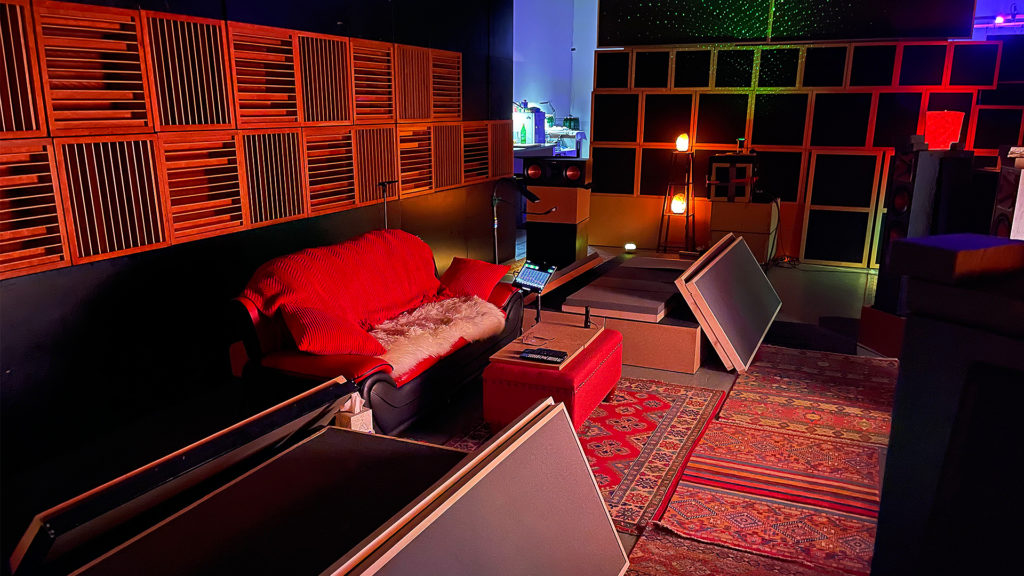
When we look at the usage of the room along with the distances involved from the walls to the listening position, we can then head more in the direction of managing this sound diffuser vs absorber treatment choice. Let’s illustrate through the example of a mix engineer. https://www.berklee.edu/careers/roles/mixing-engineer If you have a rear wall in a mix room and you are trying to decide whether to use a sound diffuser vs absorber. With our mix room example, we have reflections that come from the rear wall. These reflections have a different time signature by definition of a reflection. This time difference can be heard in the mix engineers mixes.If the reflection’s arrival time is not managed correctly then it will become audible. A mix engineer’s goal is always less room sound and more music and voice. We have two choices for our rear wall mix room treatment. We can use diffusion or absorption.
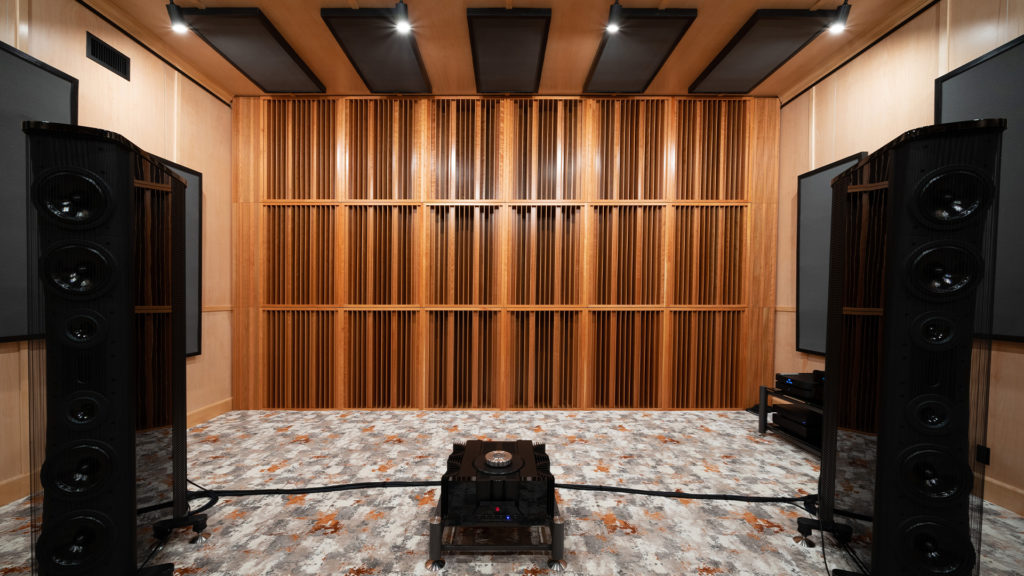
Diffusion will require that we have enough distance between the rear wall and the engineer. In our mix room example, let’s use a distance of 8′ from the rear wall to the mix engineer. Every diffuser has a frequency response just like a speaker. A speaker is an active device which is powered by electrical current. A speaker moves back and forth and produces the sound energy we hear. In a diffuser, sound energy enters the diffuser and then is “spilled” back into the room. The energy then bounces around within the diffuser and it spills the energy back into the room within the frequency range of the chosen diffuser. Every diffuser is based upon a prime number. Prime numbers are 7 , 11, 13, 17,19 etc. https://www.acousticfields.com/product/qda-17-quadratic-diffusor-absorber/ The higher the prime number the broader the frequency response. We have to have enough distance for the lowest octave band exhibited by the diffuser to fully form. https://www.acousticfields.com/diffuser-size-distance/
How does diffusion work? A quadratic diffuser is a series of wells or troughs that have a calculated width and depth. The depth of each well or trough diffuses energy using quarter wavelength rules. The width of each well is determined using the half wavelength rule. The total frequency response of the diffuser itself is determined by which prime number you use in the quadratic residue formula. The higher the prime number, the lower the diffuser will diffuse at. A QD – 13 is 12″ deep and starts diffusing energy around 275 hz. and extends to 3,400 hz. if well widths are 2″. If we make the well widths at 1 1/2″ then we increase the upper frequency response range to 4,300 hz. A QD-17 is based upon prime number 17. It starts diffusing energy around 225 hz. It can also go up to a higher frequency by making the well widths in the 1″ – 1.5″ range. You must match the prime number you use to the usage of the room, the distance from a diffuser to the listener and the available space to work within.
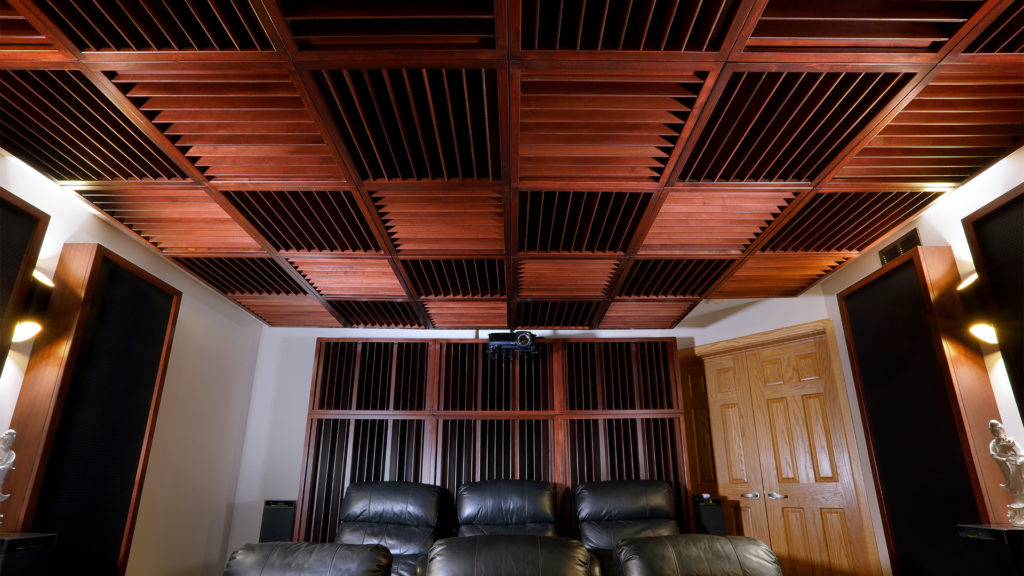
You must meet specific reverberation requirements throughout your room in order for your room usage to be a candidate for diffusion. If your Rt-30/60 times are higher than usage requirements, diffusion will make your room sound worse. You must also make sure there is enough distance for the lowest waveform that the prime number indicates to completely travel throughout the distance from the diffuser to the receiver. If your distances are too short, you will create a phase relationship at that octave band. As a general rule, you want to select the highest prime number possible for the room usage in order to diffuse across a wider frequency band. However, you must make sure your distances will allow that lower prime number. Don’t forget about diffuser depth. A prime number 11 is 9″ deep. A prime 13 is 12″ deep. A prime 17 is 16″ deep.


